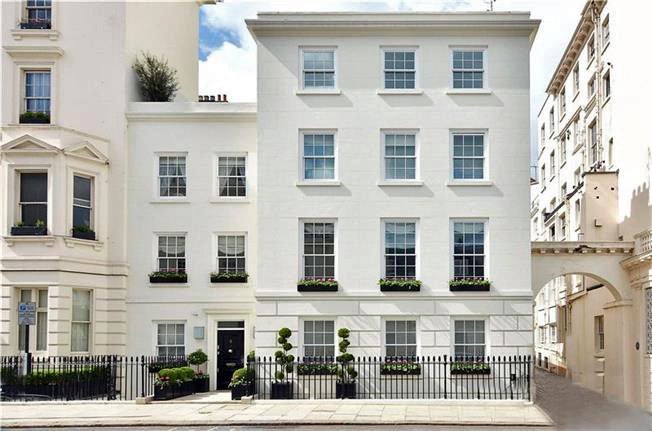How can damp be treated in a Grade II Listed Building?
When we take on a new project our clients nearly always ask questions about damp, especially if the project is Grade II listed and a complete refurb is planned. Damp may often be present in older, damaged or neglected listed houses, but it can be straightforward to deal with.
Identify the origin of the damp
It is not usually difficult to identify the causes of damp in any building and in older, Grade II listed buildings it may be obvious from the first exterior inspection or viewing. It’s worth remembering that even if there are signs of damp and water damage, a listed building will have been there for a long time and is likely to have been built without a damp course. Damp exterior walls are often the result of a blocked basement drain, a downpipe that is leaking or that isn’t draining away properly, or perhaps a section of flat roof that is collecting water because the drain-away is blocked with leaves or debris. There may be cracked bricks, damaged render, or drainpipes and gutters that are leaking onto walls. There may be a leak between the original building and a newer extension where water is seeping in, or perhaps via a lower ground floor drainage issue. In a pre-purchase survey, the Building Surveyor will require a Damp and Timber report to assess the damage and to suggest what repair work will be needed.
These major issues would be reported back to the client and the architectural team. Any internal damp areas, perhaps around sinks or in laundry areas, may be caused by a leaking pipe feeding a shower, bath or washing machine, for example. These minor issues would be addressed during refurbishment and stripping-out. Here we are focusing on structural damp, generally visible on exterior walls. This has the potential to affect not just the walls, but floor and roof timbers if the damp has been a long-term issue.
Different types of damp
It’s widely accepted that there are three types of damp; Rising Damp, Penetrating Damp and Condensation. Each can be caused by various issues, such as physical damage and deterioration, poor maintenance, lack of air circulation, inadequate heating, standing water from blocked drains or poorly draining lower ground floor and basement levels. Chemical or injected solutions, where a DPC (damp proof course) is injected below the level of ground floor joists, is not considered to be suitable for Listed buildings as it amounts to changing the fabric of the building. In non-listed buildings where a damp proof membrane has failed and there are signs of damp, that section of membrane (which is usually visible on the exterior brickwork as a black line) can be replaced. This process involves removing the affected bricks, inserting a new membrane (or section of membrane) and making good the whole area both inside and out.
Historic construction
Old buildings were built using materials such as lime mortar, which was used because it allowed the structure to ‘breathe’. This means that although moisture could come into the building, it could also leave the building too, through the walls. New buildings, constructed in cement and concrete, don’t allow this process, hence the need for a damp course to prevent moisture seeping into a building from the ground up. In the case of a damaged roof – perhaps with slipping or missing roof tiles - water may be getting in at various points and damaging both interior areas and exterior walls, in which case roof repairs will be needed as well as damp intervention. Once the sources of the damp have been identified and remedied, repairs can be carried out using the appropriate plaster, render and mortar suited to Listed buildings. Listed Building Consent may be required for some remedial works, including painting exterior walls, structural roof repairs if new timbers are required, and replacing doors and windows that have damp damage beyond repair. We have previously mentioned Listed Building Consent here.
In a nutshell, damp can be successfully treated in a Listed building, and will be part of the planned works within a total renovation. For smaller damp areas, our team can inspect, determine the cause, and plan the necessary procedures to not just solve the immediate damp issue but to prevent further problems in the future.

